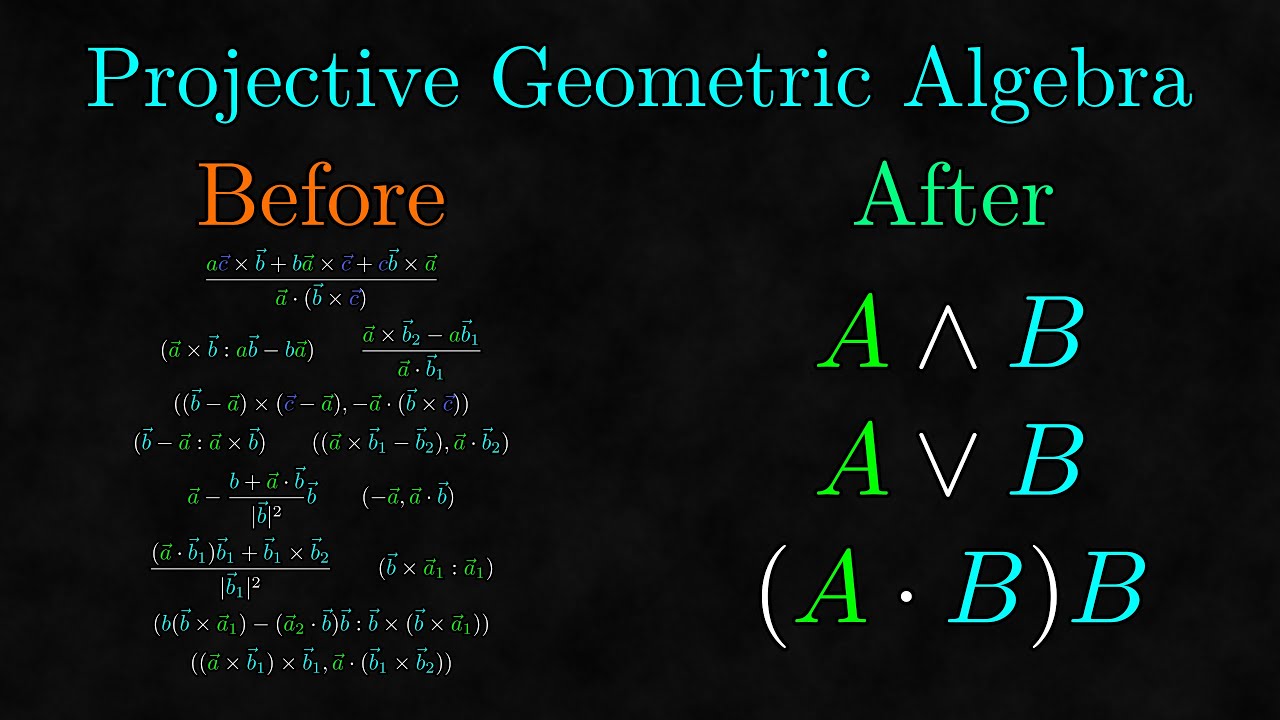

Going by the example in the Github, it looks like a right-to-left Lisp with Arabic keywords. Does that fully describe the language or is there more to it than that?
I’d be interested in hearing about the parts that are more influenced by Arabic than Scheme. Are there any beyond the keyword language and writing direction? Like a new keyword that does something useful but has no equivalent in Scheme because the concept isn’t easily expressed by an English keyword?











I don’t think Turing-completeness implies omniperiodicity. I’m imagining a cellular automaton which follows Game of Life rules on even-numbered generations and does nothing on odd-numbered generations, which is trivially Turing-complete because it’s just Conway’s Game of Life if you ignore every other generation, but also trivially has no odd-period oscillators.